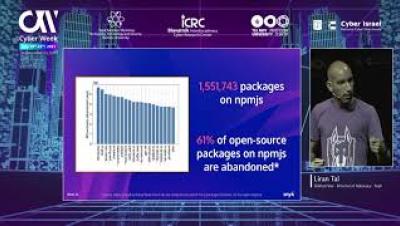SQL Injection explained in 1 minute
SQL injection, also known as SQLi, is one of the most dangerous vulnerabilities for online applications. It's a common method used by attackers to manipulate and access database information that would otherwise not be displayed or provided to the website user. In this video, you'll learn what SQL injection is and why you should be aware of it.











